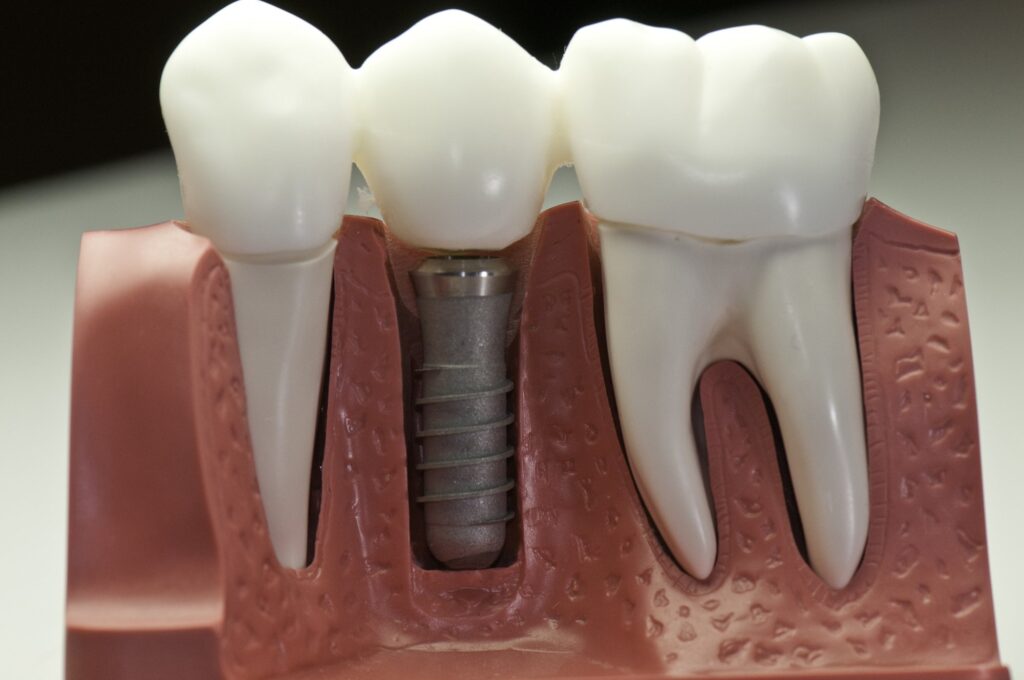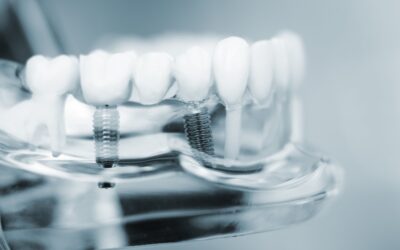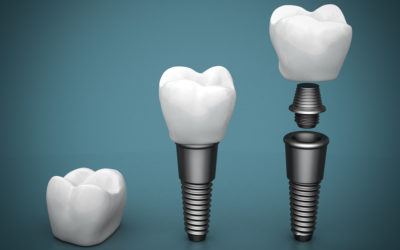What You Need to Know About Getting Dental Implants
Did you know that about 120 million people in America are missing at least one tooth? Or that more than thirty-six million Americans don’t have any of their teeth?
With statistics such as these, it’s more than likely that you know someone who has dental implants of some sort. You may be considering getting a dental implant yourself.
Before you choose to get oral surgery, you’ll want to do your research on this topic- which is why you’ve found this article. As you read, we’ll tell you everything you need to know about dental implants so that you can make an informed decision.
History of Dental Implants
Dental implants have been around since at least the year 2000 BC. The earliest dental implants were used in Ancient China, made out of carved bamboo pegs.
The first recorded case of metal being used for a dental implant was in Ancient Egypt in the year 1000 BC. An Egyptian Monarch was discovered with a copper peg hammered into his upper jaw. However, it is unclear if the procedure was completed before or after his death.
Another common method was to use the teeth of a different animal or human. This procedure carries more risk of infection or disease than artificial materials.
Dental implants as we know them were finally created in the late 1800s. The first successful modern dental implant was placed in 1965.
Today, oral surgery to receive a dental implant has a ninety-seven percent chance of success. The process of dental implants is constantly being perfected- in the future, there may be no failures involved in this surgery.
Types of Dental Implants
There are two different types of dental implants: subperiosteal and endosteal.
Endosteal implants are the most common type. They are placed directly in your jawbone and require a few surgeries to fully complete.
Subperiosteal implants, on the other hand, are placed below your gum line but above your jawbone. These implants are held in place by the body’s soft tissue. They are an option when your jaw doesn’t have the needed bone density for an implant.
Beyond this, there are multiple dental implant options you can receive during oral surgery.
Single-tooth implants are required only to replace a single tooth. These are the most common type of implant. If you’re missing multiple teeth, however, you’ll want to consider all on four teeth or teeth in a day.
All-on-four teeth are permanent restorations to your teeth using just four metal implants. The rest of the teeth rest on a bridge.
Teeth in a day is a procedure to restore entire arches of teeth with as few dentist visits as possible.
What Are Dental Implants Made Of?
These days, most dental implants are made of titanium or titanium alloys, especially the implants that go directly into the jawbone. Titanium was selected specifically due to how sturdy it is. This makes your implant more durable.
In addition, the body will not reject titanium or titanium alloys. Rather, the jawbone will gradually fuse to the titanium. This makes it the perfect root for your implant itself.
The crown of the implant- the part that looks like your tooth- is typically made out of ceramic. This is because ceramic is one of the materials that looks the closest to teeth. However, ceramic isn’t as durable a material, so it may need to be replaced on occasion.
If either of these materials don’t work for you, some Los Angeles dentistry places may offer different implant material options. Make sure to do your research so you know which implant you need.
What It Takes to Qualify
When it comes to receiving dental implants, there are several qualifications you must meet. If you do not meet these, then you may not be able to get an implant placed. If you’re concerned about this, make sure to speak to a dentist so you can learn what options you have.
One of the first qualifications is that you have healthy gums. They should be pink and firm in texture. In addition, you should not have persistent bad breath or gums that bleed when you brush or floss.
Next, your jaw bones need to be a certain density to ensure the success of an implant. If the bone density isn’t high enough, your implant may not successfully integrate with the bone. If you have low bone density, you may require bone grafting.
Finally, you must have excellent oral hygiene. The act of brushing your teeth prevents infections and diseases that could ruin your implants.
The Process of Getting Dental Implants
If you are receiving the most common type of dental implant, there are several steps to this process. You should be prepared for three to six months of surgeries and recoveries.
The first, most invasive surgery is to place the implant itself. In this surgery, your dentist will make an opening in your gum and drill into the bone to place the titanium implant. Then you must wait until new bone forms around the implant, a process called osseointegration.
Once this process is complete, you will undergo surgery to place the abutment- the piece the crown attaches to. This is a more minor surgery than the one to place the implant. You will typically only need two or three weeks to heal from this surgery.
Finally, there is a small procedure to place the crown. This is the least invasive surgery and requires minimal healing time.
During each of these stages, you will experience pain and swelling. Your dentist may prescribe pain medication or antibiotics.
Book an Exam Today
Now that you’ve learned all you need to know about dental implants, are you prepared to search for dentists in Los Angeles? If so, look no further- why not reach out to us for an exam?
All you need to do is fill out this form, and we’ll reach out to you as soon as possible! At the Santa Monica Center for Oral Surgery & Dental Implants, we do our best to work with our clients timing needs.
So don’t wait- fill out your form to get an exam set up today!



